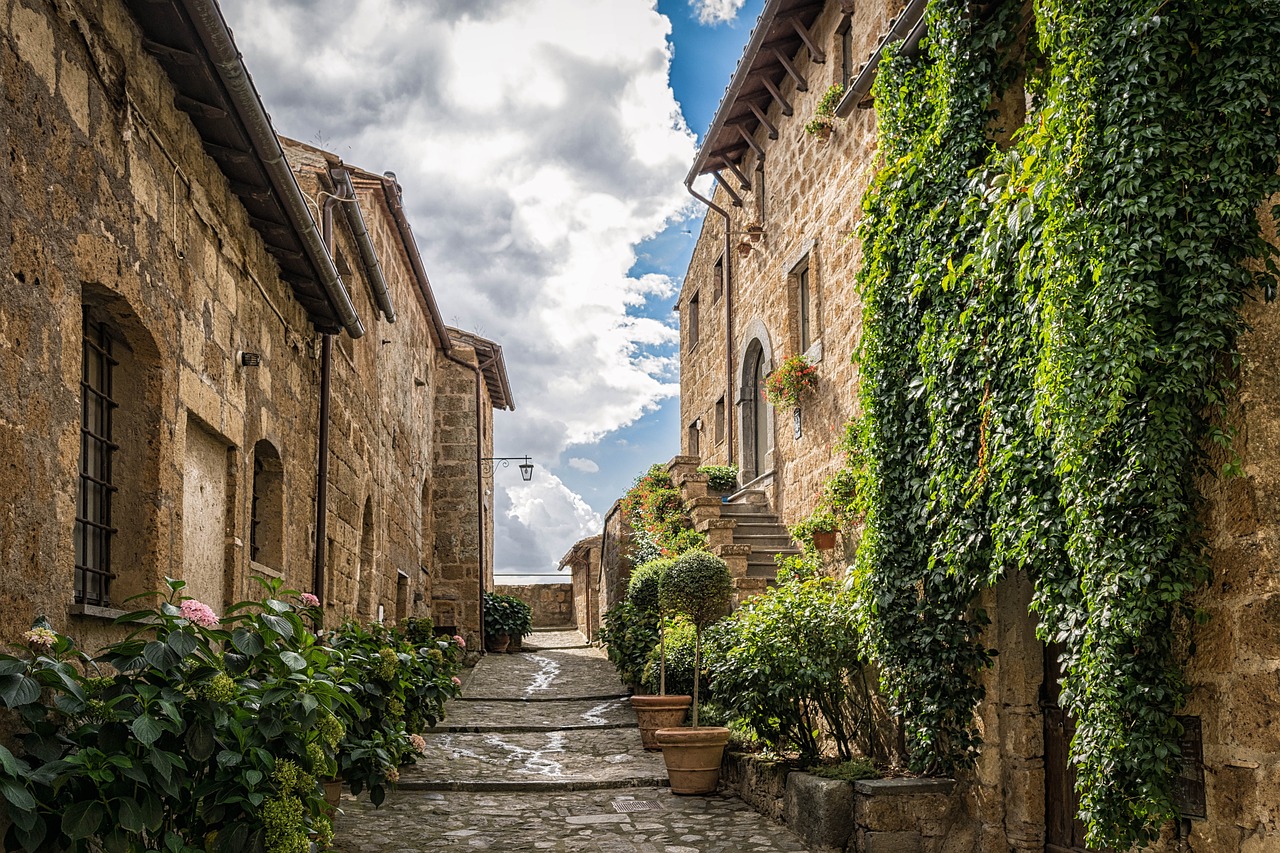
Photo: Valeriya Tikhonova / Getty Images
Planting for Success: Late Fall Gardening Opportunities
BY Charlie Dobbin | November 1st, 2023
Hello autumn! The days and nights are getting cooler and the days are definitely getting shorter. Now that watering isn’t such a big priority I’ve turned my attention to other fall garden opportunities. Tasks like planting garlic, planting fall bulbs, prepping roses for winter, and organizing overwintering of my Dahlia and Canna lilies indoors.
I love roses. I think it’s a rare person who doesn’t, but they get a bad rap because many people believe roses are just too much work. Read on for more info.
1. Like all plants, roses have their own specific requirements. Roses like full sun (6 hours plus daily), and a good quality, well-drained soil. Roses are much tougher than most people think. I’ve seen them thrive in well-drained gravel, in full sun, in our frigid Yukon. If you can provide the above environment you too can grow roses! Roses that are grown on their own roots (not grafted) will be the hardiest and easiest to plant. They will usually be labelled ‘hardy shrub roses,’ and you have lots of choices when it comes to size and colour. Consider Knock Out roses, Explorer Series roses, the Canadian Artists Series roses and Easy Elegance® roses. All have been bred and selected for disease and pest resistance, plus hardiness. Canadian grown roses are always your best choice. Find out where to buy your favourites this spring since roses don’t last long in the garden centres.
2. I just received my garlic order, which is perfect timing to get the cloves into the soil before the first major frost. In Ontario, garlic is usually planted in the fall (October is optimal) and harvested next summer. Garlic requires a cold period for proper bulb growth to occur. After I prepare the planting bed I will separate (or crack) the garlic bulbs into cloves. Each clove is planted, pointy end up, 4-6” (10-15cm) apart. The rule of thumb for depth is to plant 3-4 times the height of the clove. In a windy location (like mine) it’s best to mulch the garlic for the winter with straw. Once growth starts in the spring I plan to remove the straw to avoid pests and diseases. Mid-summer is harvest time — I can’t wait!
3. If you have ever purchased tender Canna lilies or Dahlias you’ll know they can be gorgeous in the garden, not to mention pricey. Don’t let them die in the winter – bring them into a frost-free zone and you’ll be able to re-plant them outside next spring. If they are in pots just cut back the entire plant to 4-6” (10-15cm) after the first frost. Keep them in their pots over winter in a cool, dry, dark place that doesn’t freeze. Don’t water, just let them stay dry.
Alternatively, after the first frost, dig them up carefully with a digging fork.
After a few days drying out, remove loose soil, then pack them into storage containers that have been pre-filled with moist (not wet) sterile potting soil or peat moss. No tubers/rhizomes should touch each other, and all should be buried under the media. Store in a frost-free location for the winter. Dark is the most important part of this plan. Check on them every 6 weeks. You want them to be firm, not mushy, during storage. Come spring we will follow up with next steps!
A version of this story was published on Nov. 2, 2021
Charlie Dobbin hosts “The Garden Show With Charlie Dobbin” on Zoomer Radio AM740 [a ZoomerMedia property] every Saturday at 9 a.m., ET.
Looking for garden tools, landscapers, handy types? Looking to buy or sell a lawnmower, a sprinkler system or other outdoor goods? Browse the Zone Classifieds and post your ad here.
Classified Deals

ITALY'S HIDDEN TREASURES: TAILORED TRAVEL EXPERIENCES
Tailored travel experiences away from increasing crowdsPOSTED November 21st, 2023
Italy



